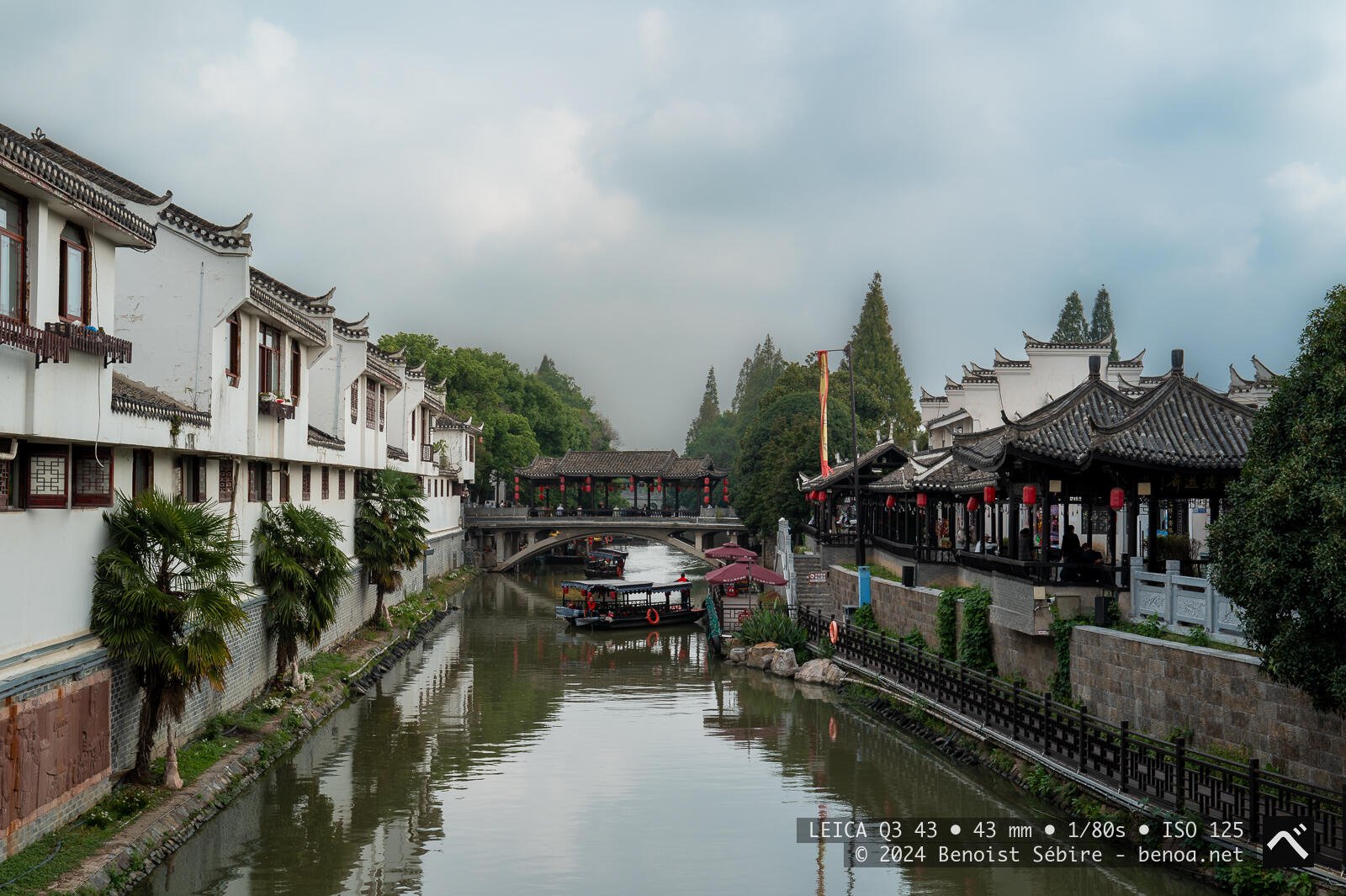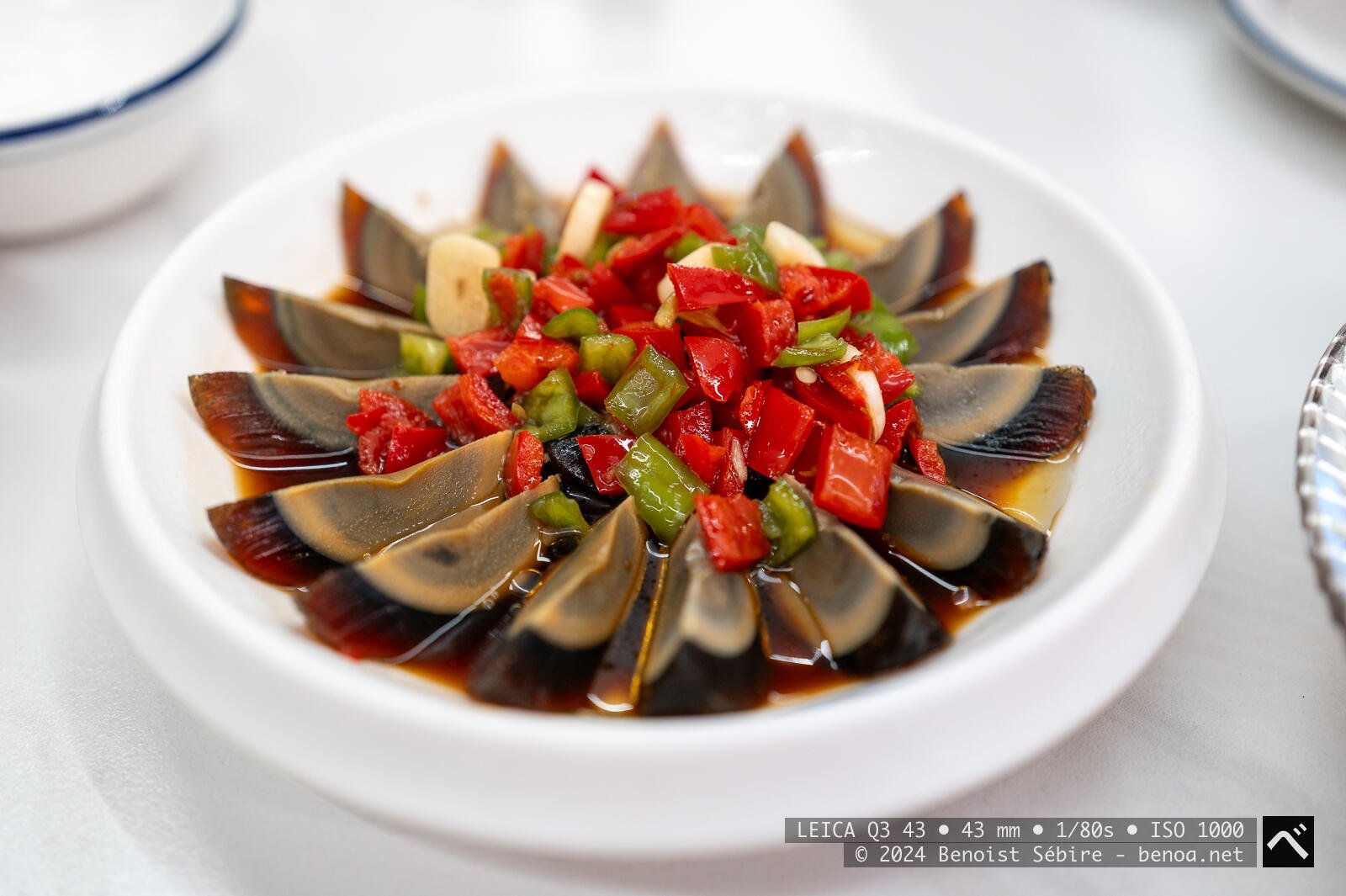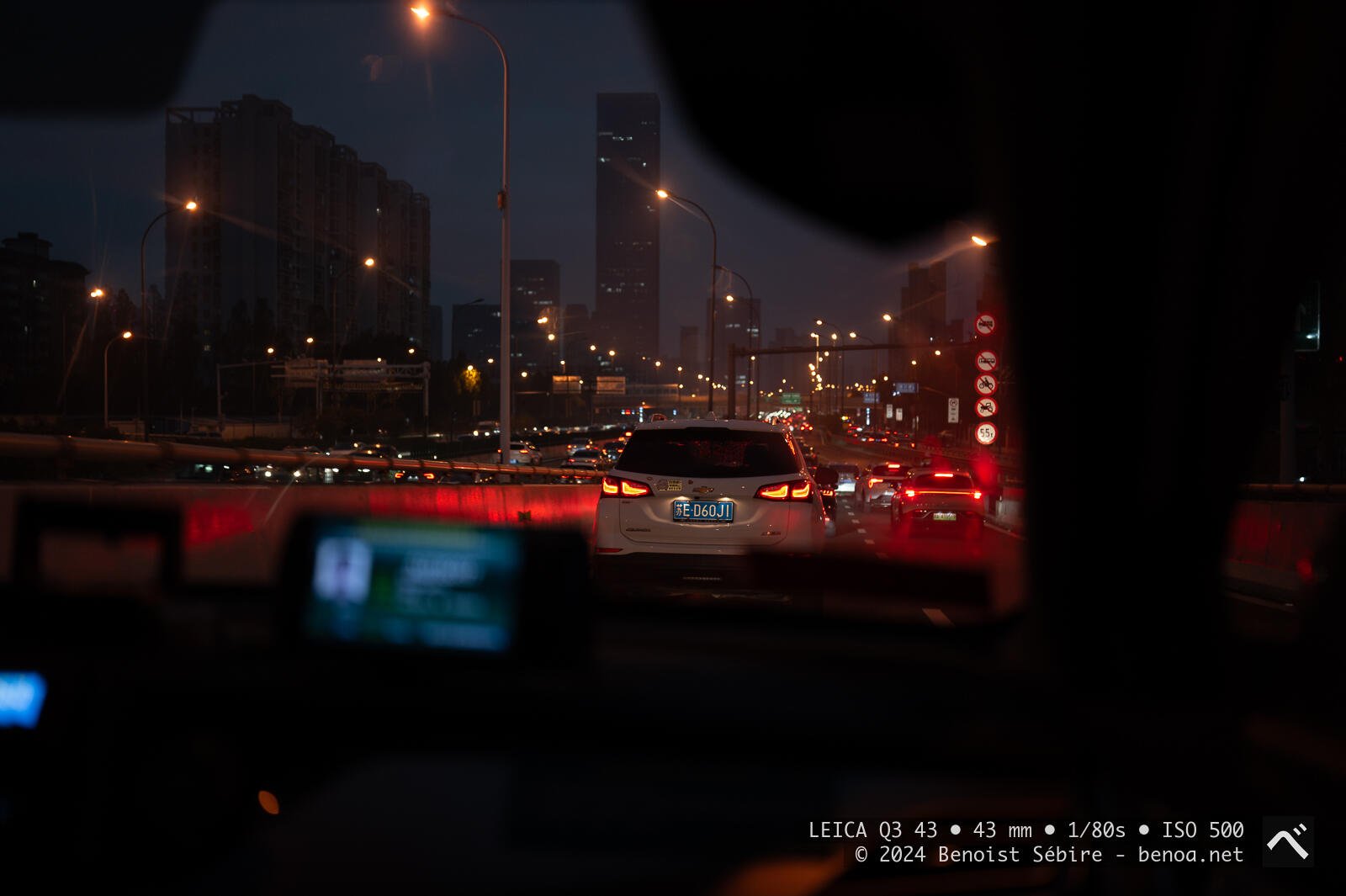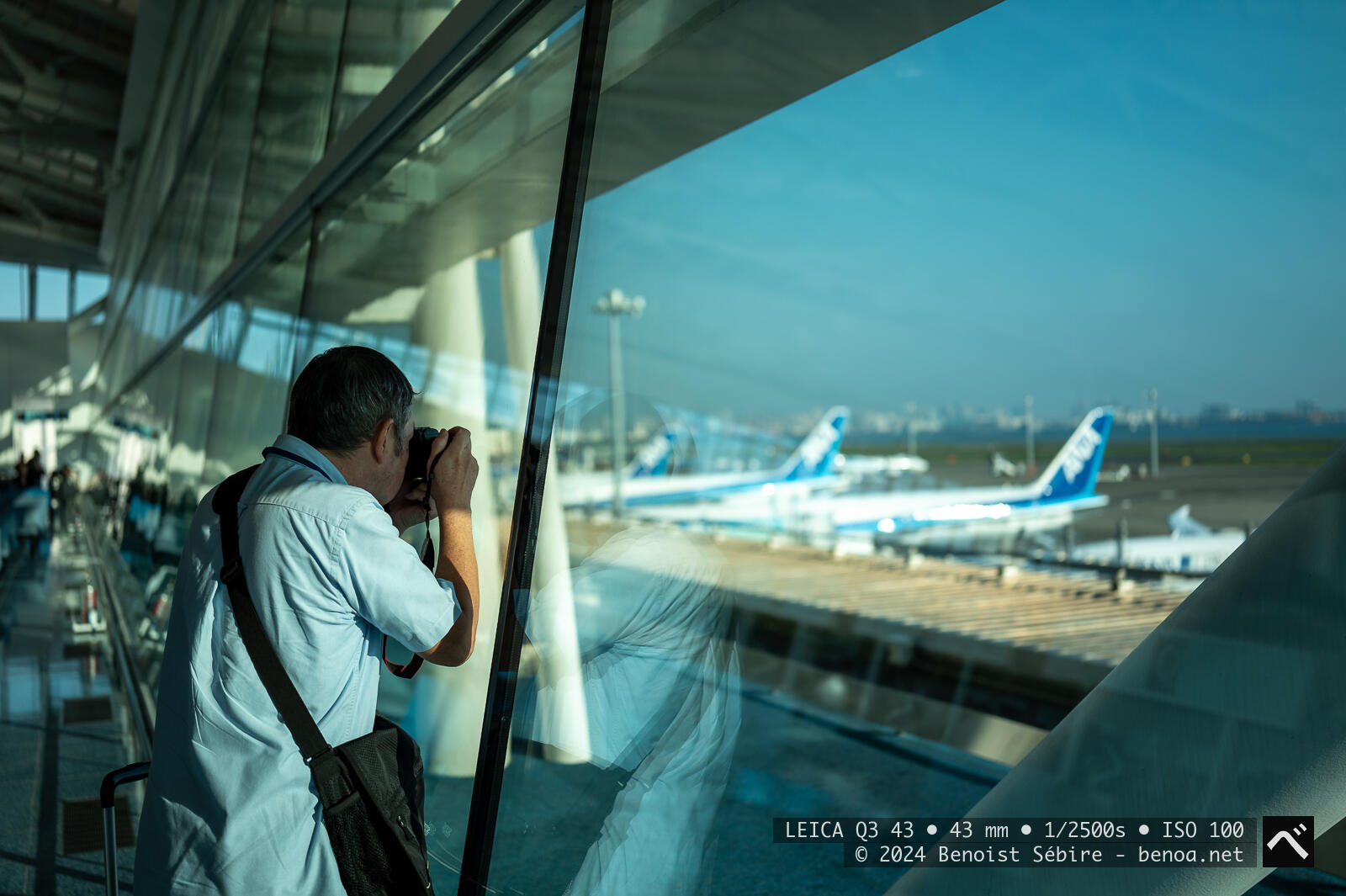Leica Q3
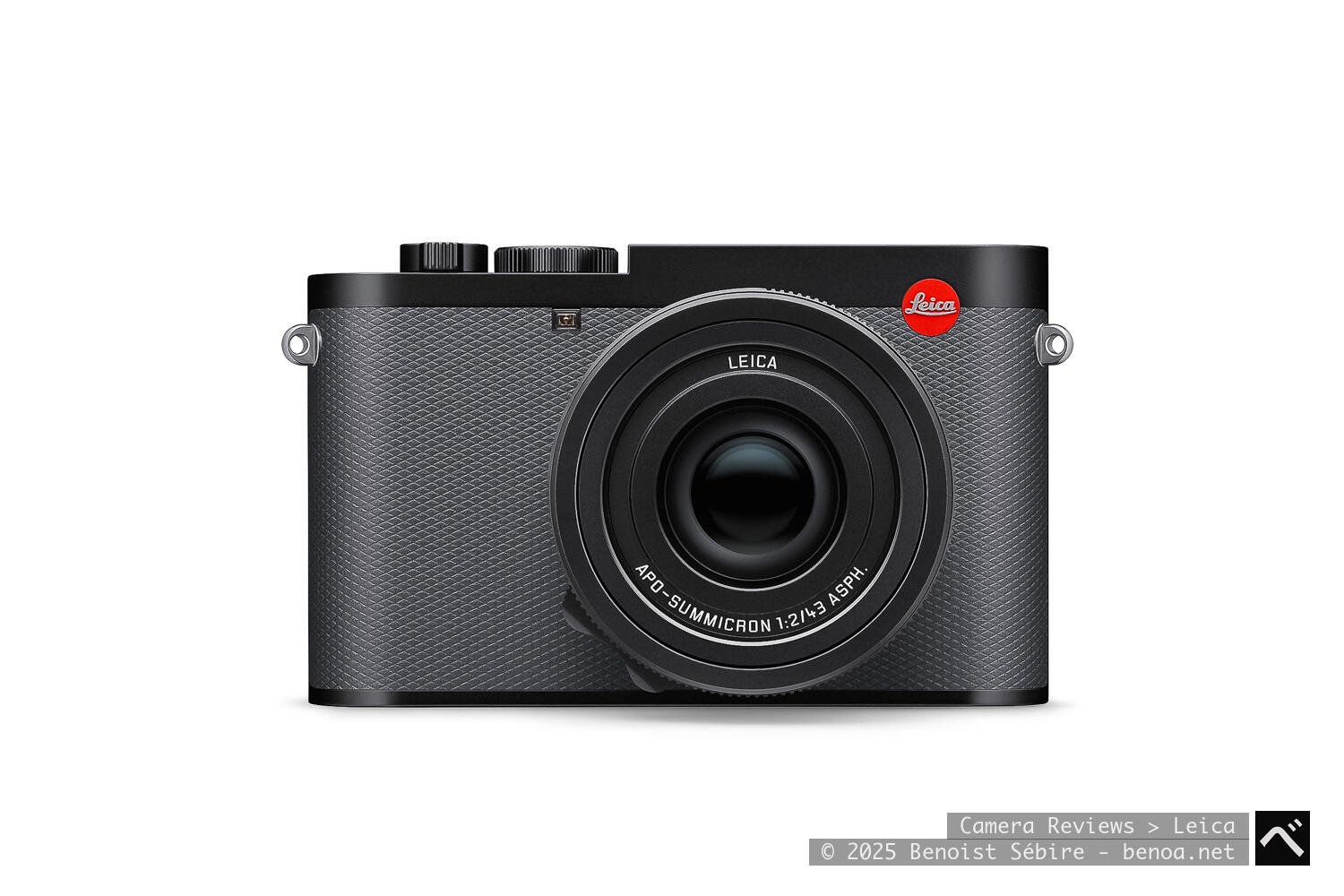
Released in late 2024 at a price of $5,995, the Leica Q3 43mm is a significant evolution of the Q-series compact. Unlike the original Q3 with its 28mm f/1.7 Summilux, this version is built around a new fixed 43mm f/2 APO-Summicron ASPH lens. This is not a crop mode or firmware tweak—it’s an entirely different optical concept. Leica designed it for photographers seeking a tighter, more natural field of view with apochromatic correction and refined rendering. Paired with the 60.3MP full-frame sensor and Maestro IV processor, this Q3 variant offers a mix of traditional Leica optical philosophy with modern digital performance.
Build Quality
Physically, the 43mm version looks nearly identical to the 28mm Q3: solid milled aluminum top plate, weather-sealed body, and a magnesium chassis. The difference is in the lens barrel, which is slightly more compact and finely balanced. The new 43mm APO-Summicron f/2 lens has a more centered visual weight, making it feel even better in hand, less nose-heavy, more agile for everyday carry.
The aperture ring remains beautifully damped with clear clicks, and the manual focus ring is metal, ribbed, and engraved. Leica has kept the distance scale, macro mode clutch, and signature red dot. This lens feels like it belongs on an M body. The EVF (5.76M-dot OLED) and tilting 3-inch LCD are unchanged but continue to impress.
Optical Performance
This APO-Summicron is where Leica flexes its engineering muscle. The 43mm focal length sits in the goldilocks zone—neither wide nor telephoto—and Leica’s design fully embraces the APO designation. Chromatic aberration is virtually nonexistent, even in extreme backlight or high-contrast edges. There’s no color fringing, no purple edges, and no visible coma.
Sharpness is extraordinary. Wide open at f/2, center resolution is tack-sharp and the edges follow closely. There’s no need to stop down for clinical detail. The resolving power is enough to match or exceed many M-mount lenses, and it holds up under the scrutiny of the 60MP sensor.
Color rendering is classically Leica but more corrected—clean, neutral, and slightly cooler than the Summilux. Tones are precise, especially in skin and foliage, with less of the warm cast found in earlier Q lenses. The apochromatic design produces excellent tonal separation and a true-to-life look.
Bokeh is refined and surprisingly dimensional for an f/2 lens. The APO correction contributes to a fast drop-off in the focus falloff zone, which enhances subject separation without relying on excessive background blur. This gives images a crisp, three-dimensional quality—subjects “pop” off the frame without the spatial disorientation or wafer-thin depth of field that faster lenses often impose. The transition zones are clean, with no onion rings or outlining in highlights.
Contrast is moderate at wide apertures and increases cleanly as you stop down. There’s no harshness or artificial punch; the rendering is confident but never forced.
Focusing and Handling
The Leica Q3 43mm uses the same hybrid autofocus system introduced in the original Q3—combining phase-detect, contrast-detect, and depth mapping. In static scenes, it performs well. Eye and face detection work reliably when subjects are relatively still, and the overall system feels snappy in single-shot mode. However, when it comes to tracking moving subjects, the Q3 43mm doesn’t keep pace with the autofocus systems from Canon, Sony, or Nikon.
In continuous AF, especially with erratic or fast-moving subjects, the Q3 often lags or misjudges focus. Subject tracking is functional but not sticky—occasional focus drift or outright misses are common, particularly in low-contrast lighting or when the subject moves quickly across the frame. It’s usable for casual motion but not dependable for work that requires precision including shooting your little ones.
Manual focus remains a standout. The mechanical focus ring is one of the best implementations in a non-interchangeable lens system. The EVF’s focus peaking and magnification tools are seamless, and Leica includes a proper distance scale with hard stops, which makes zone focusing and street shooting feel fast and intuitive.
The overall handling of the camera is arguably improved over the 28mm version. The 43mm lens offers better weight distribution and a more neutral shooting feel, making it easier to carry all day or shoot one-handed. It strikes a satisfying balance between compactness and tactile engagement.
Conclusion
The Leica Q3 43mm with the APO-Summicron f/2 lens is a technically masterful camera: optically corrected to near perfection, beautifully machined, and tuned for those who appreciate a precise, natural rendering. The 43mm focal length feels timeless, and the APO lens delivers some of the cleanest files I’ve seen from a fixed-lens camera.
However, poor focus performance and handling that never felt intuitive made me part with it after only a few months. It didn’t earn my confidence in fast-paced or reactive scenarios. For deliberate, slow work, I prefer the M11—it’s more immersive and rewarding. And when I need dependable autofocus, especially for motion or low-light work, a full-frame Canon EOS system delivers results the Q3 couldn’t consistently match.
Strengths
- APO-Summicron 43mm lens delivers exceptional sharpness and color fidelity
- Zero chromatic aberration, even in extreme contrast
- Compact and balanced f/2 design
- Gorgeous bokeh with smooth transitions
- Excellent manual focus implementation
- Neutral, precise color rendering
- Full-frame sensor with 60MP resolution
Weaknesses
- Autofocus struggles with moving subjects
- Lens hood is not compatible with filters, requiring removal to mount threaded glass
Samples
Here are some recent photos I captured using my Leica Q3 43. These sample shots highlight the camera’s performance across different conditions, settings, and subjects. To view the complete collection of my photos taken with this camera, the link.
